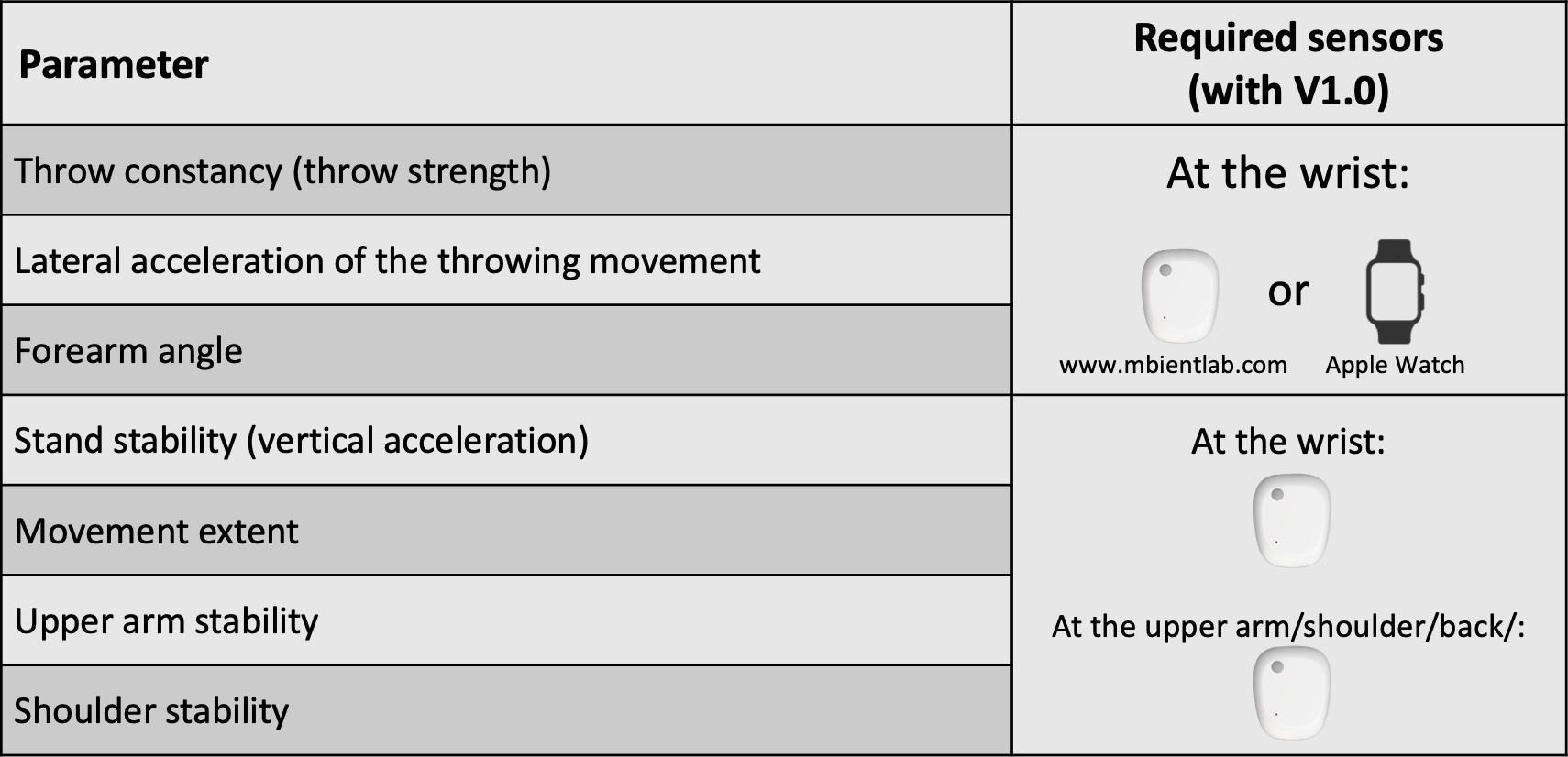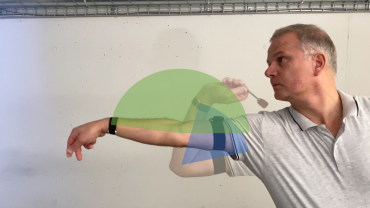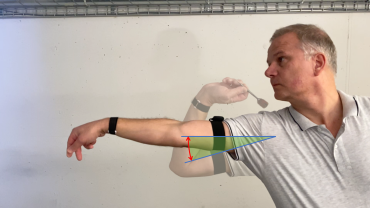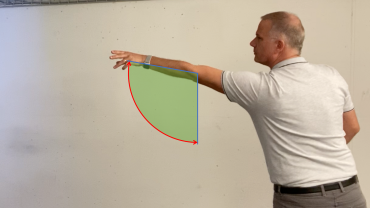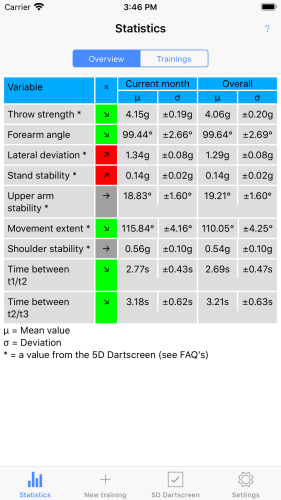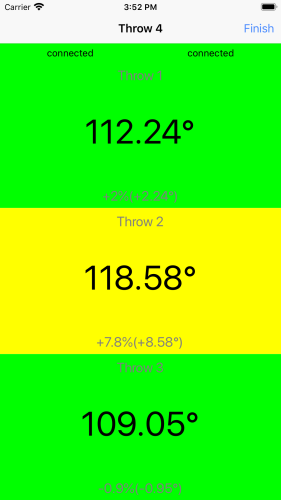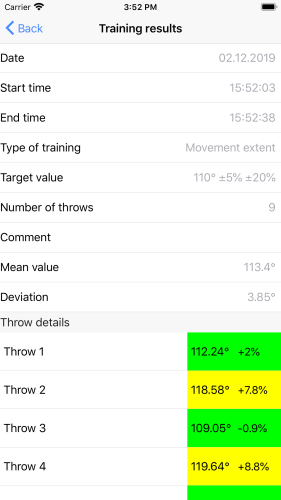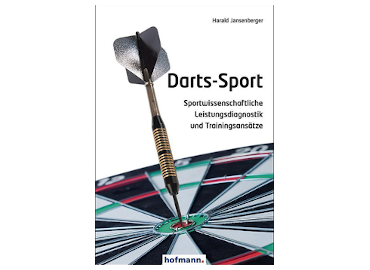Improve your dart throw with the Dartalyzer App in three steps:
Measure and determine required actions
With the Dartaylzer app you can measure the five most important parameters of your darts throw and compare them with standard values.
If a value is outside the red line, there is an urgent need for action. The measurement and standard values of the
5D Darts-Screen are taken from the book "Darts-Sport" by Harald Jansenberger.
Daily training
Integrate Dartalyzer into your daily training and optimize the different parameters of your darts throw with the "traffic light training".
Show progress
The Dartalyzer app shows you on which parameters you have made progress.





